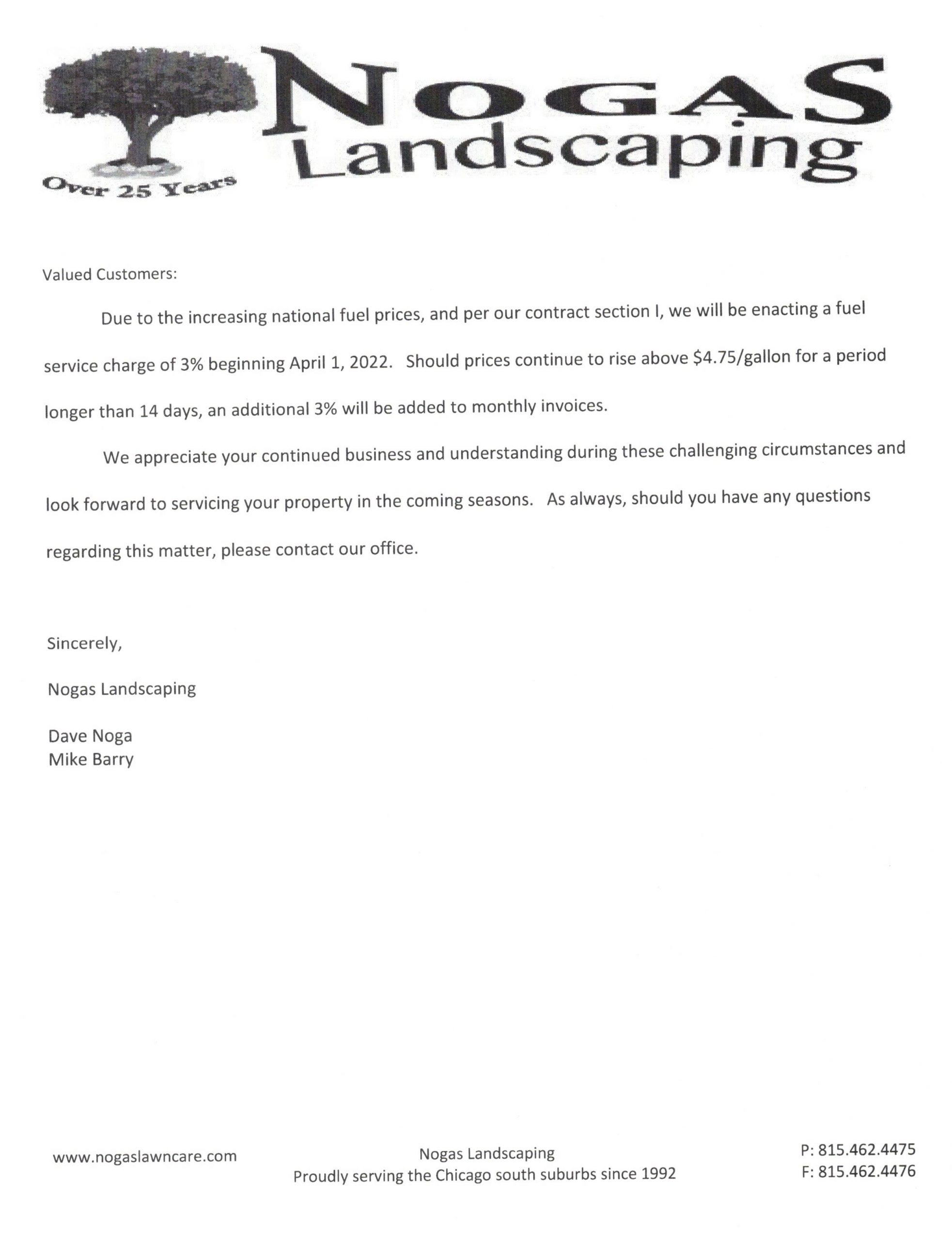Mid Summer 2025 Newsletter
Dear Valued Customers,
Hello all, as summer comes to an end, we at Noga’s Landscaping would like to thank everyone for sticking through a very crazy summer with us. As many know we have experienced an unpredictable rainfall, having and accumulation of approximately 10-12 inches of rain. This type of weather is simply impossible to prepare for. While the rain has been very consistent and that doesn’t mean the heat let up, we experienced many days with heat index up to 105 degrees. With these conditions there have been many weeds sprouting throughout properties and we are managing them by pulling and spraying to the best of our ability. The most common weed issue seen was crab grass which thrives in these conditions and we have treated the turf for it. We have completed 2 rounds of trimming during these conditions and have begun the 3rd round as well. Because of the amount of rainfall many people have began to notice their down spouts may be clogged. We at Noga’s would be happy to offer pricing for your HOA’s to determine what needs replacements and what needs clean out, so please feel free to reach out to the office so we can get these issues rectified before the cold winter months. As always feel free to contact the office, Dave, Robert, or Kevin with any questions or concerns you have.
Thank You,
The Noga’s Landscaping Team
Dave Noga
Robert Noga
Kevin Kirk
Michelle Krause

